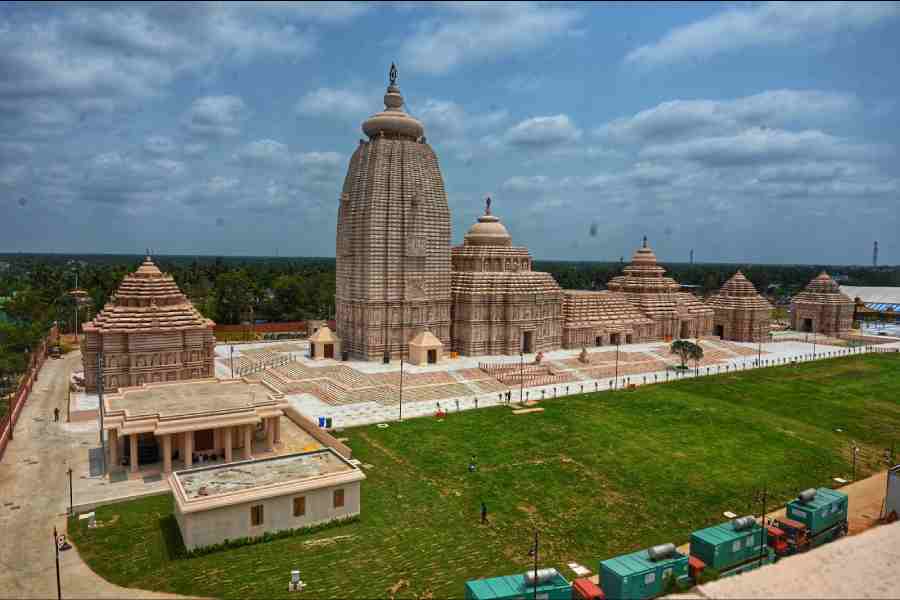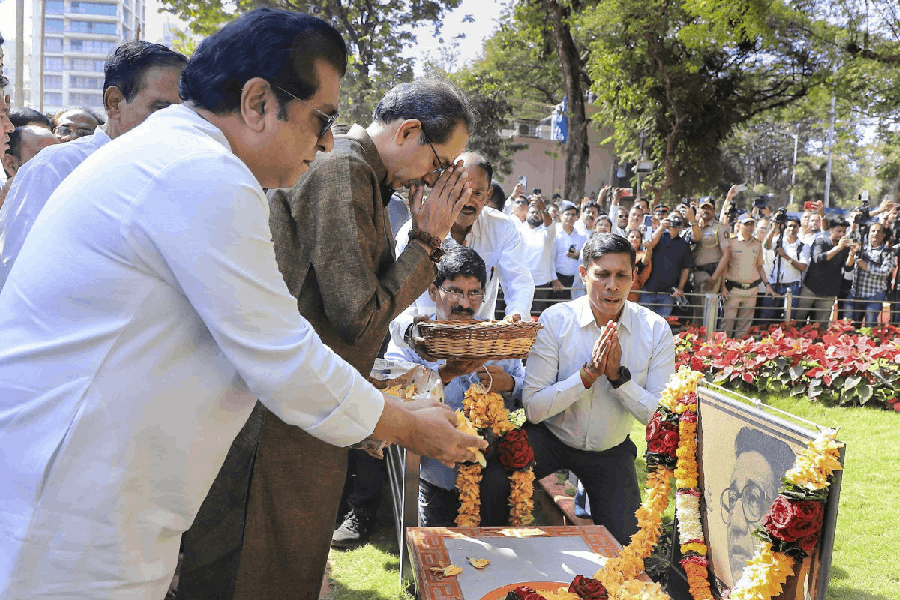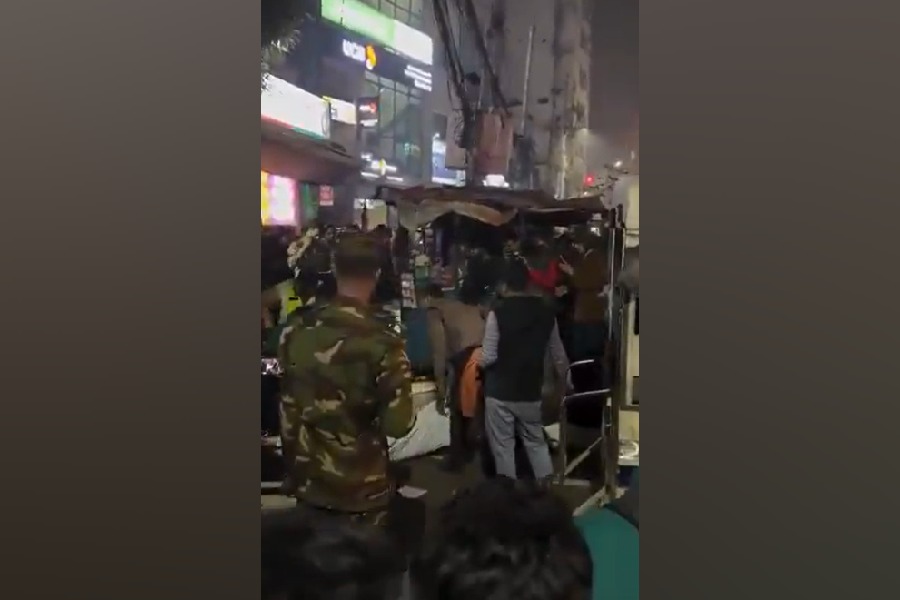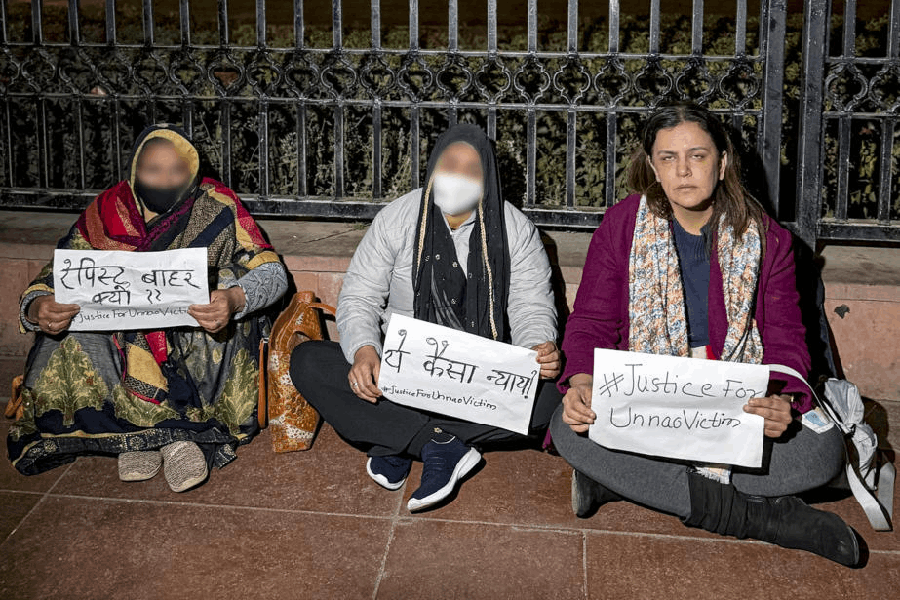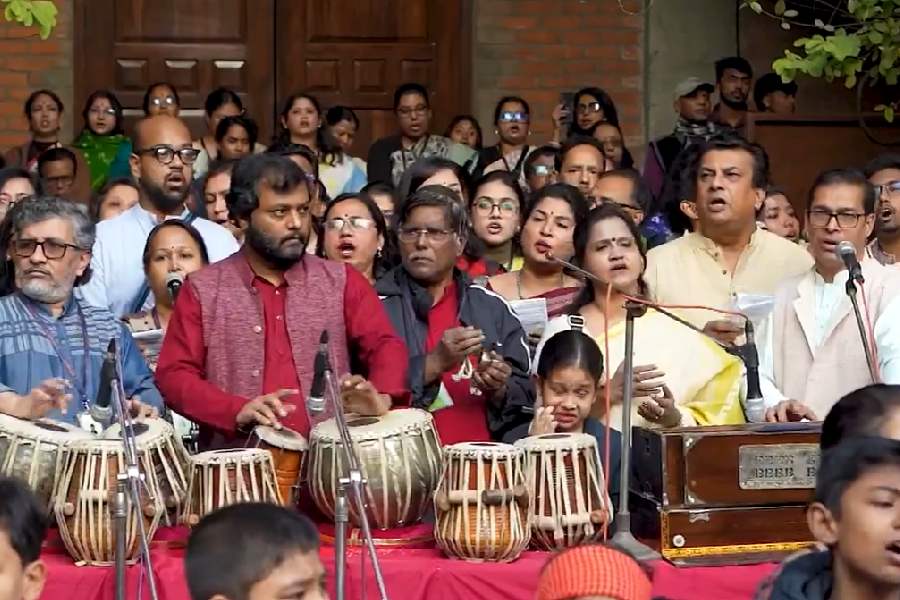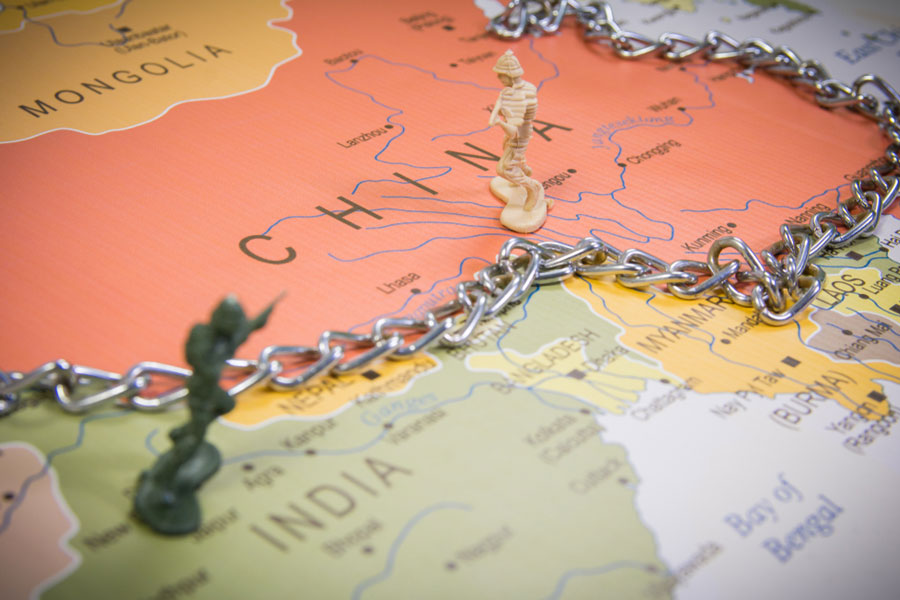The architecture of the Jagannath shrine in Digha, which will be inaugurated today, is, according to the chief minister of Bengal, a blend of spirituality and harmony. It may be so. But what Mamata Banerjee refrained from mentioning is another facet integral to the project: its electoral significance. There is, of course, the point of view that the shrine has the potential to attract a larger number of tourists to the seaside town. This, in turn, could facilitate a rush in pilgrimage, tourism, and allied economic activities. Bengal also has a rich public and spiritual connection with the deity. But none of these elements can distract public attention from the fact that the project, Ms Banerjee is hoping, would also bring in an electoral windfall for her party. The timing of the project’s inauguration is significant. Assembly elections are scheduled in Bengal for next year. The chosen site for the project is symbolic as well. Digha falls under East Midnapore, which is considered to be the fief of Suvendu Adhikari, one of the most significant leaders of the Bharatiya Janata Party in this state. There is thus reason to view the temple as an attempt on the part of Ms Banerjee to corner Mr Adhikari on his own turf. The BJP has been persistent in its portrayal of Ms Banerjee as anti-Hindu; it also harps on her failures on the economic front. The Jagannath temple, given its potential to yield economic and political dividends, is likely to be Ms Banerjee’s answer to these jibes.
The shrill reaction of the Opposition underlines the political moorings of this move. Mr Adhikari, unsure of the electoral impact of this temple, has adopted a critical tone besides pledging a Ram temple in Nandigram. The Congress and the Communist Party of India (Marxist) have joined the chorus, objecting to the constitutional infirmity of a State constructing a place of worship with funds from the exchequer as well as criticising Ms Banerjee’s encouragement of competitive religiosity. The point is that India’s electoral pendulum has been decisively shaken and stirred by the BJP’s unambiguous strategy of milking religious polarisation for political gain. The weak-kneed response of the secular fraternity to this form of mobilisation is also responsible for the transformation of faith into political fodder. What Bengal is witnessing at the moment is merely another chapter in this insipid drama featuring the politics of faith.

